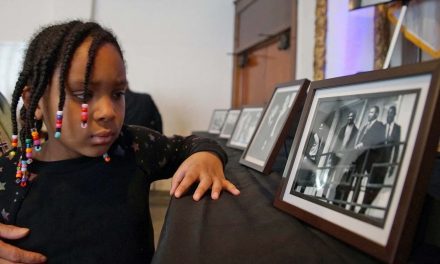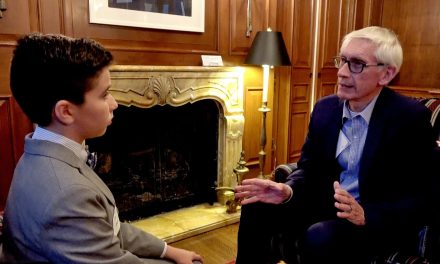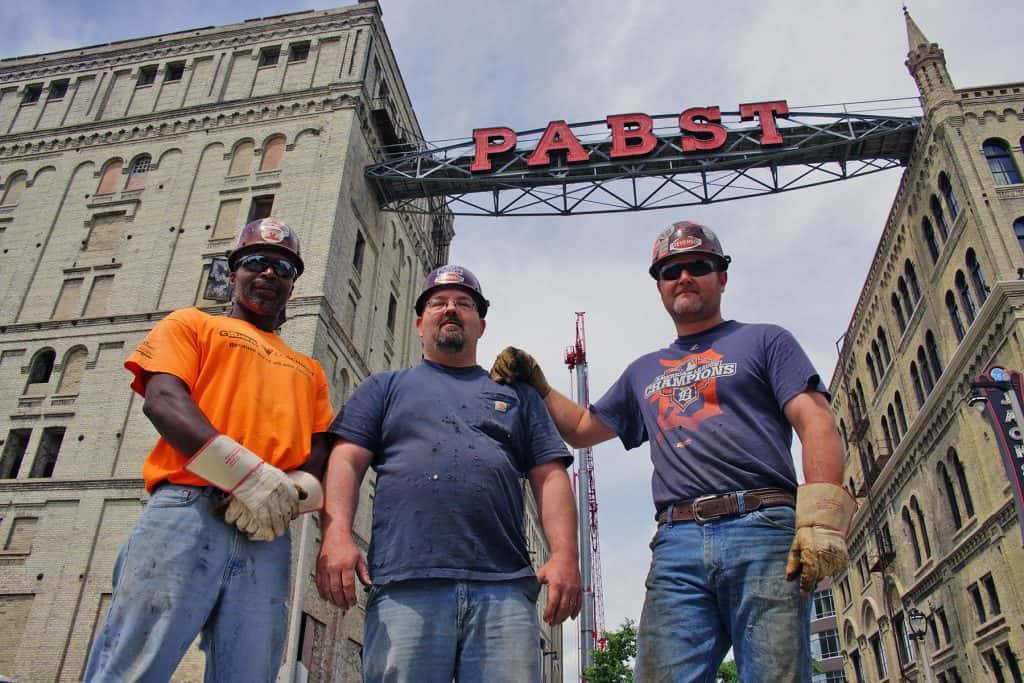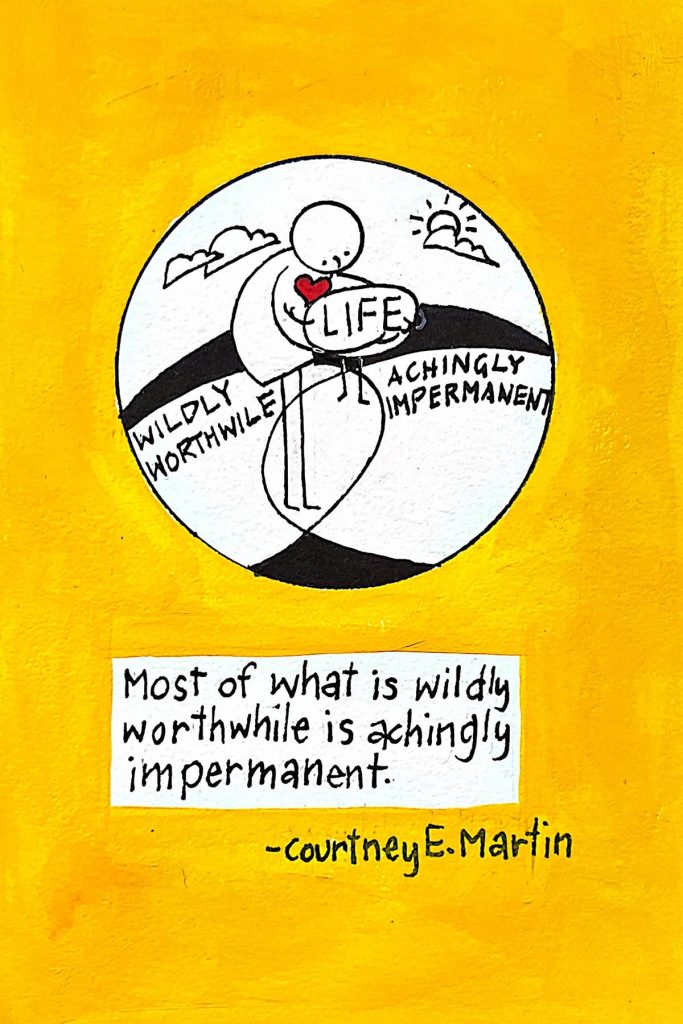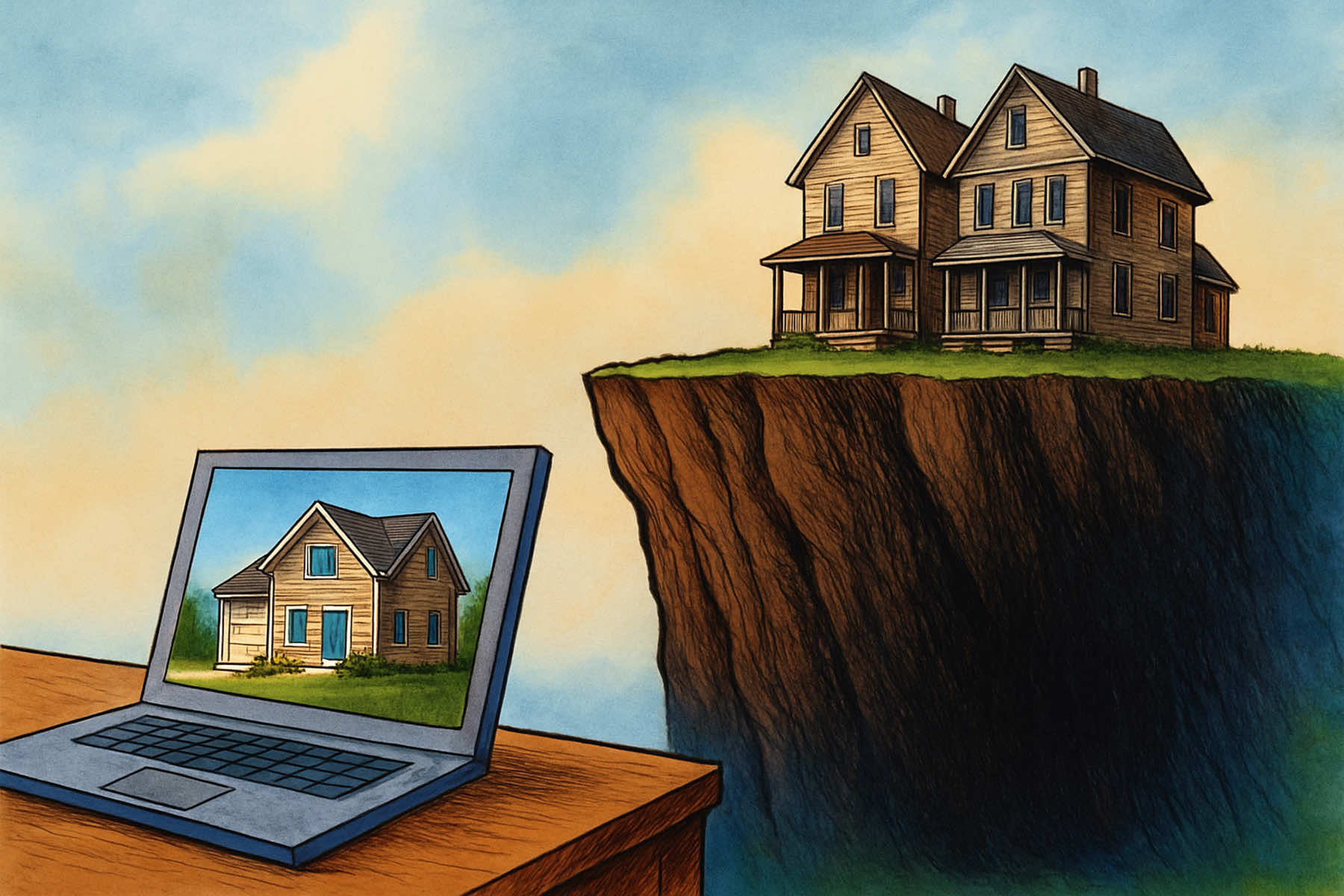
In Milwaukee, where legacies of housing discrimination still shape economic opportunity and public health, a quieter but equally consequential form of infrastructure inequality persists: digital redlining.
Despite national attention on the racial and economic gaps in broadband access, granular reporting specific to Milwaukee remains limited, even as data sources reveal stark disparities aligned with neighborhood demographics.
Digital redlining, the practice by internet service providers of systematically underinvesting in high-speed internet infrastructure in low-income or predominantly minority communities, has long been suspected in Milwaukee.
Now, layered data from federal maps, corporate filings, and digital equity assessments support what residents in underserved neighborhoods have long experienced: slow, unreliable, or altogether absent broadband connections.
A review of the FCC’s Broadband Availability Maps by census tract shows clear geographic disparities across the city. Central neighborhoods such as Metcalfe Park, Amani, and portions of Sherman Park, areas historically affected by redlining and disinvestment, frequently report service levels that fail to meet the federal definition of broadband.
These same tracts are home to predominantly Black and Latino residents, with median household incomes far below the citywide average.
In contrast, high-income, majority-White neighborhoods like Bay View, the East Side, and Wauwatosa show near-universal access to multiple high-speed providers offering download speeds exceeding 250 Mbps.
The gap is not merely a reflection of consumer demand or topographical barriers, but part of a discernible pattern of selective investment.
Milwaukee County’s own equity assessments have flagged the digital divide as a structural issue impacting everything from health outcomes to education access. Broadband access correlates strongly with social vulnerability indexes, compounding risks in communities already burdened by limited public transit, environmental health concerns, and under-resourced schools.
Independent data sets from Microsoft, which measure actual broadband usage based on device-level telemetry rather than advertised availability, further expose the gulf between reported coverage and real-world experience.
According to this data, neighborhoods officially listed as “served” by the FCC often show low usage of broadband-speed connections, suggesting that infrastructure exists in name only, or that services offered are either unaffordable or insufficient.
While internet providers like Spectrum and AT&T have submitted network expansion plans and speed commitments to the Wisconsin Public Service Commission, public filings show that those upgrades are overwhelmingly concentrated in suburban and exurban areas. In urban Milwaukee, proposals often involve limited upgrades or vague references to “service enhancements,” without transparent maps or timetables.
The issue is compounded by the opaque nature of ISP operations. Unlike utilities regulated as public monopolies, ISPs are not required to disclose service-level investment by neighborhood. What’s available to researchers comes from aggregated maps, third-party speed test data, and public comments to regulators — a patchwork that requires triangulation to identify patterns of exclusion.
A 2023 series of filings with the Public Service Commission of Wisconsin includes multiple public comments from Milwaukee residents in under-connected areas, raising concerns about persistent outages, inadequate upload speeds, and a lack of fiber options.
In some neighborhoods, Spectrum is the only available provider, offering limited tiered plans that fall short of current internet needs for multi-user households, remote work, or digital learning.
Compounding these technical shortfalls are economic access barriers. Federal and state subsidy programs exist to offset broadband costs for qualifying households, but uptake is uneven, and many eligible residents remain unaware or unable to navigate the application process.
Even when subsidies are applied, providers may route low-income users into basic service tiers without offering meaningful speed upgrades.
The consequences reach beyond streaming and web browsing. Lack of reliable internet limits access to telehealth, restricts participation in the modern job market, and forces students into digital dead zones, a problem exacerbated during the COVID-19 pandemic and not fully remedied since.
Local governments and advocacy groups have begun pushing for more aggressive municipal broadband solutions, but progress has been slow. Milwaukee lacks the legal authority to operate its own broadband utility without state-level policy change.
In the meantime, digital redlining continues to reinforce the boundaries of historic segregation, now updated for the age of fiber optics.
Efforts to combat the digital divide in Milwaukee have been fragmented and under-resourced, often relying on short-term grants or pilot programs rather than structural changes. The city’s Digital Inclusion and Access Plan, introduced to outline strategies for closing connectivity gaps, has yet to deliver comprehensive deployment timelines or dedicated funding streams.
While it identifies digital equity as a public good, implementation remains largely aspirational. Several nonprofits and grassroots coalitions have stepped in to fill the void.
Organizations such as Milwaukee Succeeds and Digital Bridge have distributed refurbished devices, set up community Wi-Fi hubs, and provided digital literacy training. However, these interventions are reactive, patching holes left by systemic exclusion rather than altering the underlying infrastructure map.
Community leaders have pointed to the broadband mapping methodology itself as a barrier to reform. The FCC’s reliance on provider-submitted data, where an entire census block is marked as “served” if even one household has access, obscures more granular service gaps.
In dense urban settings like Milwaukee, this leads to overestimation of coverage and disqualifies many areas from federal and state funding earmarked for broadband expansion. Even new federal investment, such as the Broadband Equity, Access, and Deployment (BEAD) Program, risks replicating these flaws if eligibility metrics are not revised.
Milwaukee neighborhoods with partial coverage may be excluded from infrastructure grants, leaving them trapped in a digital gray zone: too connected to qualify for support, but too poorly served to compete in a connected economy.
This “coverage illusion” is particularly harmful in neighborhoods where multiple structural disadvantages intersect. Households already impacted by eviction threats, underemployment, and environmental hazards are often the same ones left with inadequate internet options.
Without targeted investment, the cycle of exclusion deepens, reinforcing digital barriers as a new front in the fight over racial and economic justice. Despite this, ISP representatives maintain that deployment decisions are based on market demand and logistical feasibility.
In public filings, providers argue that dense urban environments pose unique challenges to infrastructure upgrades, such as right-of-way access, permitting delays, and legacy wiring. Yet critics note that such barriers have not prevented significant investment in high-income enclaves with similar built environments, suggesting that economic return continues to drive prioritization.
Data transparency remains one of the most pressing challenges. Without full disclosure of where fiber infrastructure exists, what speeds are actually delivered, and where service outages occur most frequently, public oversight is limited.
Residents must rely on anecdotal evidence and volunteer-run speed test mapping efforts to make the case for investment, a process that shifts the burden of proof onto those already underserved.
Calls for reform have included proposals to treat internet access as a utility, subject to public accountability and equal service mandates. While politically contentious, this approach would bring broadband regulation closer in line with water, electricity, and other essential services.
Advocates argue that only by reclassifying broadband as critical infrastructure can Milwaukee and cities like it dismantle the profit-driven logic that perpetuates digital segregation. Meanwhile, local officials continue to negotiate with providers behind closed doors, often with little public input.
Franchise agreements and infrastructure commitments are rarely published in full, and mechanisms for community review remain weak. The result is a digital status quo that mirrors — and in some cases amplifies — Milwaukee’s long-standing patterns of racialized investment.
As the city moves toward more comprehensive smart infrastructure and connected services, the absence of reliable broadband access in large swaths of the city threatens to exclude thousands from civic participation. From online voting registration to utility management and emergency alerts, basic digital access is no longer a luxury. It is the new threshold of inclusion.
Unless Milwaukee confronts the structural roots of its broadband disparity, including the private-sector incentives that deprioritize low-income communities, digital redlining will continue to harden the boundaries of exclusion. It is a policy failure measured not just in megabits, but in opportunity lost.
© Art
Isaac Trevik

